Onto the next one: Overcrowded, rickety buses for millions in Karachi
No new buses have been added to the public transport circuit since 2003.
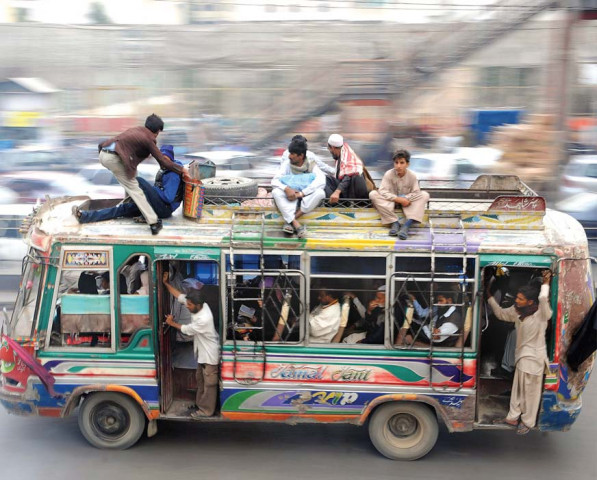
No new bus models have come into Karachi since 2003, say public transporters, given that those who could afford to invest in the business have made an exit.
According to public transporters unions 18,000 public transport buses, minibuses and coaches operate in Karachi daily. Only 2,000 of these are large buses, and the remainder are minibuses and coaches that can only accommodate 32 passengers each.
“Our minibuses and coaches have 32 seats but usually a single coach or minibus carries up to 80 people due to the shortage of public transport vehicles in the city,” said Syed Mehmood Afridi, the general secretary of the Muslim Minibus and Coach Owners Association.
According to Afridi, Karachi has two main transport bodies - the Karachi Bus Owners Association and the Muslim Minibus and Coach Owners Association - who own the public transport vehicles. “The latest models among the public transport minibuses and coaches are from Mazda, dating to 2002 and 2003. Since 2003 we have not brought new vehicles into our fleet because of the deteriorating law and order situation of the city,” said Afridi. “The large buses have been on the roads since 1980. Some are 1974 models. They are also sold for scrap.”
When the city’s security situation was somewhat stable, those flush with cash were able to bring in new vehicles. However, Afridi says these people were forced to leave the business because of the riots and the violence. “We would have more vehicles if those rich people had not left the field. They would have brought latest vehicles from every corner of the world,” Afridi said. A transporter owns two or three vehicles and has no money to buy new ones.
Getting a new route
The city had 130-131 routes for public transport buses and coaches. Only 80 to 84 of these are regularly used. According to the Transport Deputy Secretary in Sindh Ali Nawaz Panhwar, routes are assigned and specified by the District Regional Transport Authority (DRTA). They issue route permits to the transporters or bus owners. Bus owners are required to renew their route permit every year by submitting the fee of the route. The process of getting a new route involves an application to the DRTA and resolving any objections raised by a board. Transporters need at least 10 buses or coaches to start a new route.
Making money
Transporter and bus owner Rab Nawaz said they pay their drivers and conductors on a daily basis. “The drivers and conductors give us the details at the end of the day when they stop the vehicle. They get their daily charges from the money they earn in the day. It’s up to them how much they take and the remaining amount comes to us.”
Forced to operate
Mohammad Imran, 30, has been associated with repairing public transport buses. “The condition of these vehicles is declining every day as they completed their lives years ago. The emergence of the CNG system has almost brought these vehicles to their end. Their engines are made for diesel but transporters run them on CNG to minimise fuel expenses. This has destroyed the old engines and they need some sort of repair daily.” There are also issues with the vehicles’ brakes and gears nearly every other day.
Published in The Express Tribune, August 2nd, 2012.

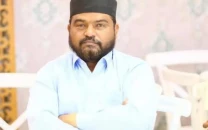
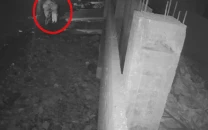
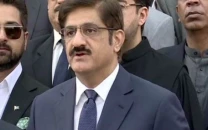
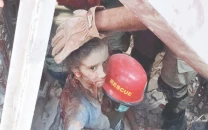
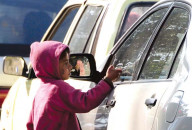
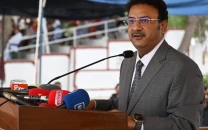
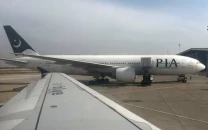
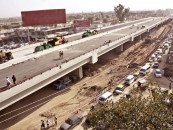

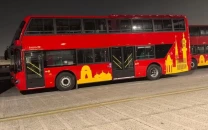

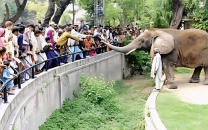






COMMENTS
Comments are moderated and generally will be posted if they are on-topic and not abusive.
For more information, please see our Comments FAQ